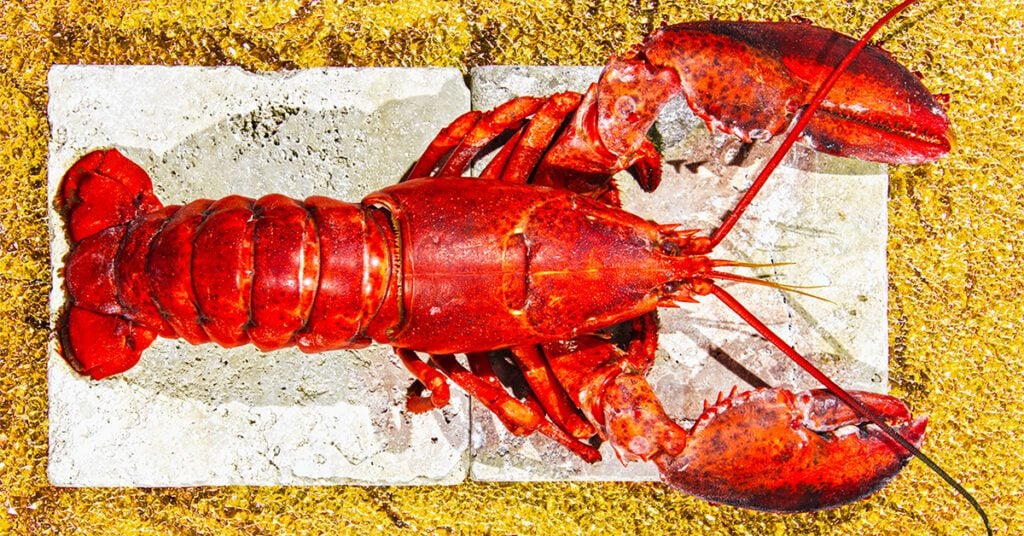Due to their popularity and high demand, lobsters today are quite expensive. In addition, lobsters are difficult to catch and are best served fresh. As a result, the process of catching them up until preparing the meal requires many skills and resources. All of these factors contribute to the high cost of lobsters. But did you know that lobsters used to be considered the poor man’s protein?
Until the 1880s, lobster was known as “the poor people’s protein,” to the point where prisoners complained if they had to eat it more than three times a week.
How Did Lobsters Become So Expensive?
Lobsters were plentiful then; Native Americans used them to fertilize crops and as bait for fishing hooks. Native Americans ate them as well, and it was from them that the classic New England clambake originated. They would wrap the lobsters in seaweed and bake them over hot rocks to prepare them for eating.
Before the late 1700s, lobsters were hand-gathered along the shoreline. By the late 1700s, a boat called a smack was introduced in Maine to transport live lobsters. It had tanks with holes in them that allowed seawater to circulate inside of them. Lobster trapping began in Maine and did not become the most popular way to collect lobsters until the mid-nineteenth century.
Lobsters were abundant at the time, making them very cheap. At this point, the people who ate the most lobster were prisoners, apprentices, slaves, and children. Because they were being fed so much lobster, some Massachusetts servants stipulated in their contracts that they would only be served shellfish twice a week! Lobsters are now considered a delicacy enjoyed by people all over the world. However, this has not always been the case. Lobster has been used as bait for fishing, fertilizer, and poor people’s food. That is not the case in modern times. (Source: History)
The Lobster’s Growth
It wasn’t until the 1880s that lobsters began to shed their bad reputation. They began to be served in diners, particularly in Boston and New York, and prices rose as a result. By the start of World War II, lobster was considered a delicacy. The wartime economy allowed wealthy consumers to enjoy lobster at previously unheard-of prices. The lobster was also a soldier’s staple because the meat was easy to can and eat. It was also a good source of protein.
Unlike crabs, whose outer shells reach a limit of growth, lobsters continue to grow for the rest of their lives, and how big lobsters can get is a secret only the ocean knows. Fishers caught a lobster weighing more than 44 pounds in 1977. Other notable catches were 14 and 20 pounds. These lobsters were simply past their prime. Scientists don’t know how old the lobsters are based on the information available, but they could be around 50 years old.
Lobsters shed their carapace or hard upper shell. When they outgrow their shells, they can continue to grow. The lobster then fills itself with water and grows a new shell. This is the molting stage.
Most lobsters we eat weigh between one and two pounds and are at least five years old. To prevent overharvesting, laws prohibit the consumption of very small or young lobsters. There are also laws prohibiting the capture of older lobsters with carapaces longer than five inches. (Source: History)
Image from Greatist
